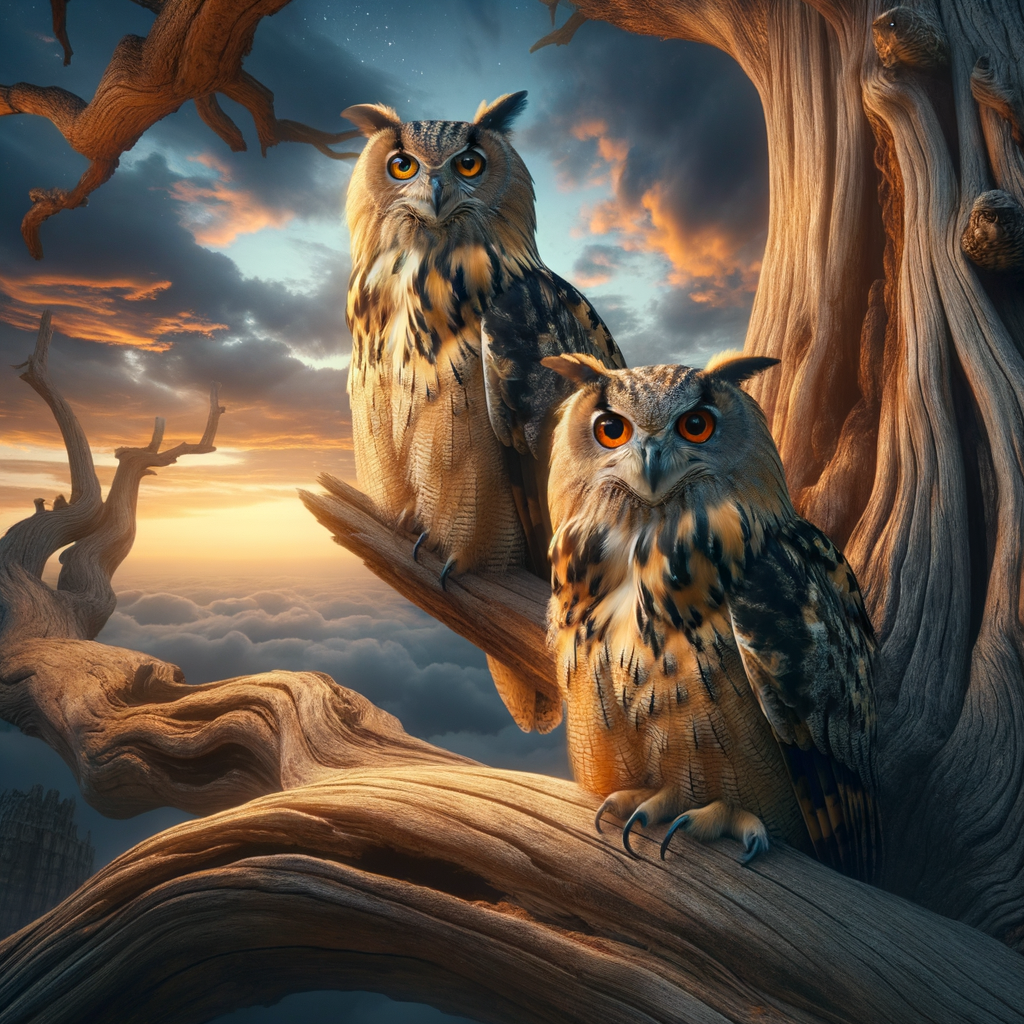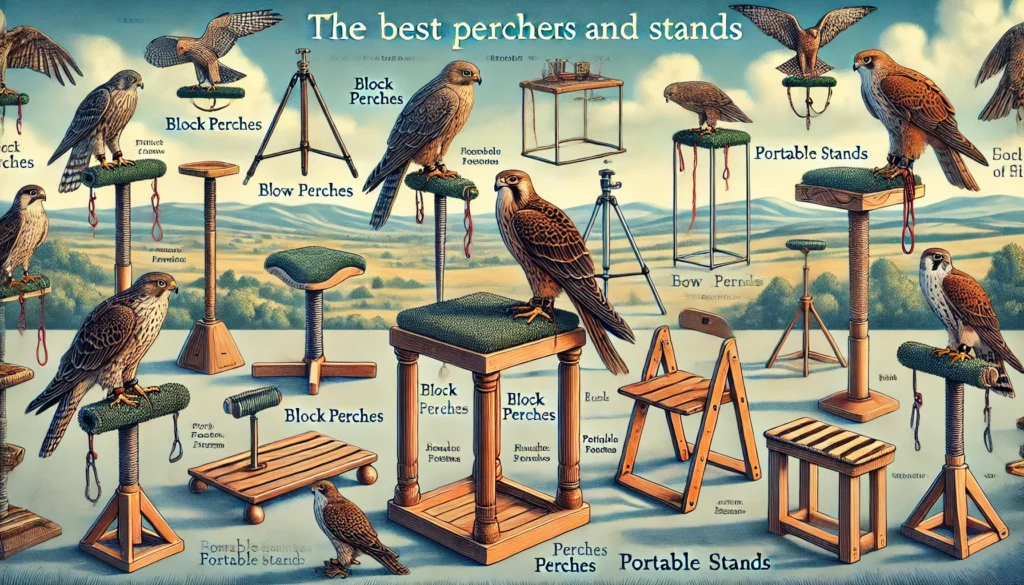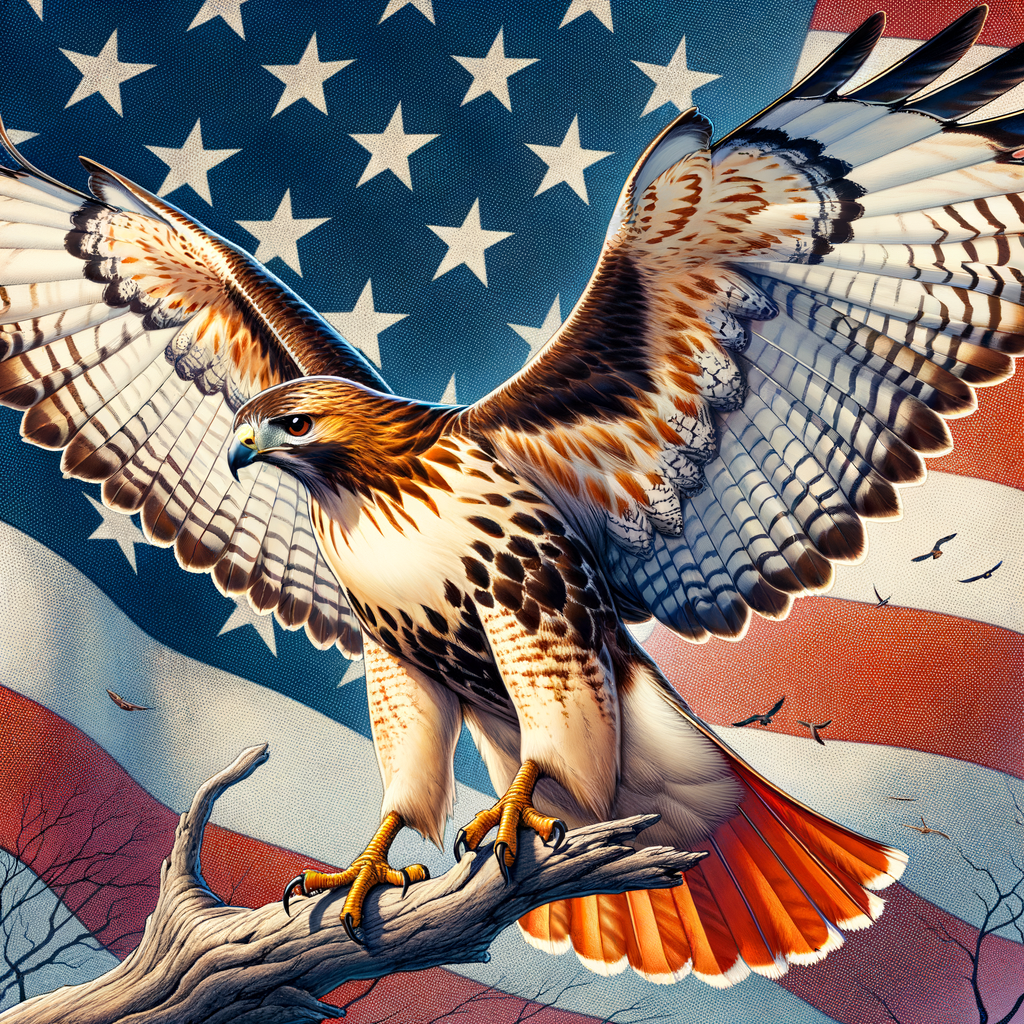Essential Points for Eurasian Eagle-Owl Care
- Provide a varied diet of fresh prey items, including small mammals, birds, and reptiles
- Create spacious enclosures with natural perches and safe resting areas
- Ensure regular veterinary care and mental stimulation for optimal health
- Handle the owl carefully and respectfully, using proper protective gear
Discover the Majestic World of Eagle-Owls
Have you ever heard the haunting hoot of an eagle-owl echoing through the night? These incredible birds are like nature’s very own superheroes, with their piercing eyes and silent flight. If you’ve ever wondered what makes these feathered giants so special, you’re in for a treat!
Get ready to embark on an exciting journey into the world of eagle-owls. These magnificent creatures are not your average backyard birds – they’re the heavyweight champions of the owl kingdom! With their impressive size and unique features, eagle-owls have captured the imagination of bird lovers and nature enthusiasts for centuries.
In this article, we’ll dive deep into the fascinating lives of eagle-owls, exploring everything from their striking appearance to their amazing hunting skills. You’ll learn why these birds are so important to their ecosystems and how they’ve adapted to thrive in various habitats around the world.
So, why should you keep reading? Well, imagine being able to impress your friends with cool eagle-owl facts at your next get-together. Or maybe you’re just curious about these mysterious nocturnal hunters. Whatever your reason, we promise you’ll walk away with a newfound appreciation for these incredible birds.
Buckle up, bird lovers! We’re about to take flight into the captivating realm of eagle-owls. Trust us, you won’t want to miss a single feather of this exciting adventure!
The Majestic Eagle-Owls in Falconry
Eagle-owls are impressive birds of prey that have captured the imagination of falconers for centuries. These large, powerful owls are known for their striking appearance and exceptional hunting abilities, making them a fascinating species in the world of falconry.
What Are Eagle-Owls?
Eagle-owls belong to the genus Bubo and are among the largest owl species in the world. They are characterized by their large size, prominent ear tufts, and piercing orange eyes. The most well-known species is the Eurasian Eagle-Owl (Bubo bubo), which has a wingspan that can reach up to 6.6 feet.
These magnificent birds are found across various habitats, including forests, mountains, and even semi-deserts. Their adaptability and hunting prowess have made them a popular choice for falconers looking to work with larger birds of prey.
Caring for Eagle-Owls in Falconry
Caring for eagle-owls in falconry requires dedication, knowledge, and proper equipment. Here are some essential aspects of eagle-owl care:
Housing: Eagle-owls need spacious mews or aviaries that allow them to stretch their wings and move comfortably. The enclosure should be secure and provide protection from the elements.
Diet: A balanced diet is crucial for maintaining the health of eagle-owls. They typically feed on small mammals, birds, and occasionally reptiles. In captivity, falconers often provide a variety of whole prey items, such as rats, rabbits, and quail.
Training: Training an eagle-owl requires patience and consistency. Positive reinforcement techniques are essential for building trust and encouraging desired behaviors.
Exercise: Regular exercise is vital for keeping eagle-owls in good physical condition. This can include free-flying sessions and lure training.
Health monitoring: Regular check-ups with an avian veterinarian are necessary to ensure the bird’s ongoing health and well-being.
Are Eagle-Owls Suitable for Beginners in Falconry?
While eagle-owls are undoubtedly impressive birds, they are generally not recommended for beginners in falconry. Their large size, powerful talons, and specific care requirements make them more suitable for experienced falconers who have already worked with smaller birds of prey.
Beginners are typically advised to start with more manageable species, such as Harris’s Hawks or Red-tailed Hawks, before progressing to larger and more challenging birds like eagle-owls.
What Do Eagle-Owls Eat?
In the wild, eagle-owls are opportunistic hunters with a varied diet. Their prey includes:
- Small to medium-sized mammals (rabbits, hares, rodents)
- Birds (pigeons, ducks, and even other raptors)
- Reptiles and amphibians
- Fish (in some habitats)
In falconry, the diet of an eagle-owl should mimic its natural feeding habits as closely as possible. Falconers often provide whole prey items to ensure the bird receives all the necessary nutrients. It’s important to note that the specific dietary needs may vary depending on the individual bird’s age, size, and activity level.
For more information on falcon health and nutrition, falconers should consult with experienced mentors or avian veterinarians to develop an appropriate feeding plan for their eagle-owl.
Soaring to New Heights with Eagle-Owls
Eagle-owls are truly magnificent creatures that captivate both bird enthusiasts and casual observers alike. Their impressive size, piercing eyes, and distinctive ear tufts make them stand out in the avian world. As we’ve explored, these powerful hunters play a crucial role in maintaining ecological balance, controlling rodent populations, and inspiring awe in those lucky enough to spot them.
Remember, while eagle-owls are formidable predators, they face challenges from habitat loss and human interference. By supporting conservation efforts and respecting their natural habitats, we can help ensure these majestic birds continue to thrive for generations to come.
Whether you’re an aspiring birder or simply curious about nature’s wonders, keep your eyes (and ears) open for these incredible nocturnal hunters. You never know when you might catch a glimpse of an eagle-owl’s silent flight or hear its haunting call echoing through the night.



